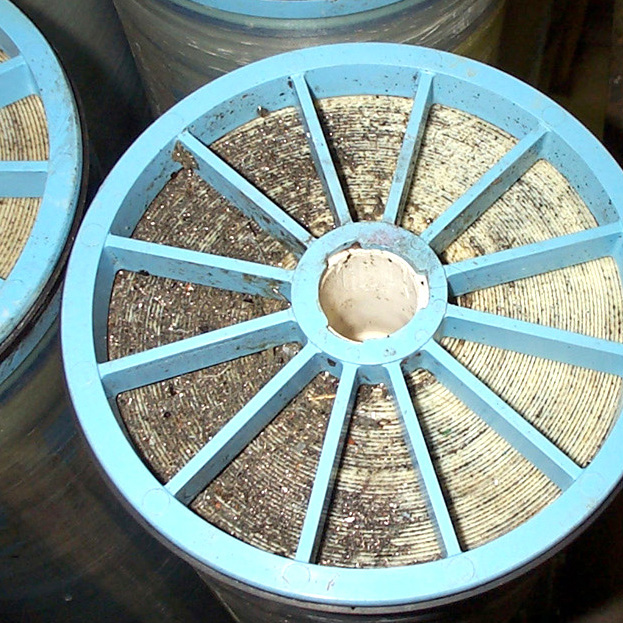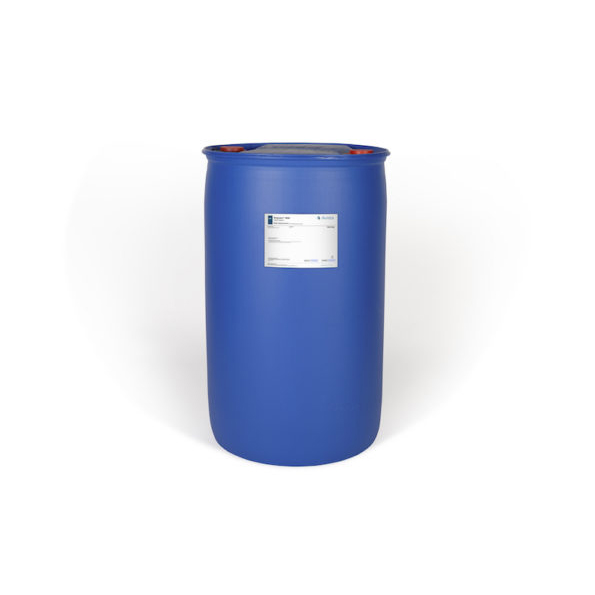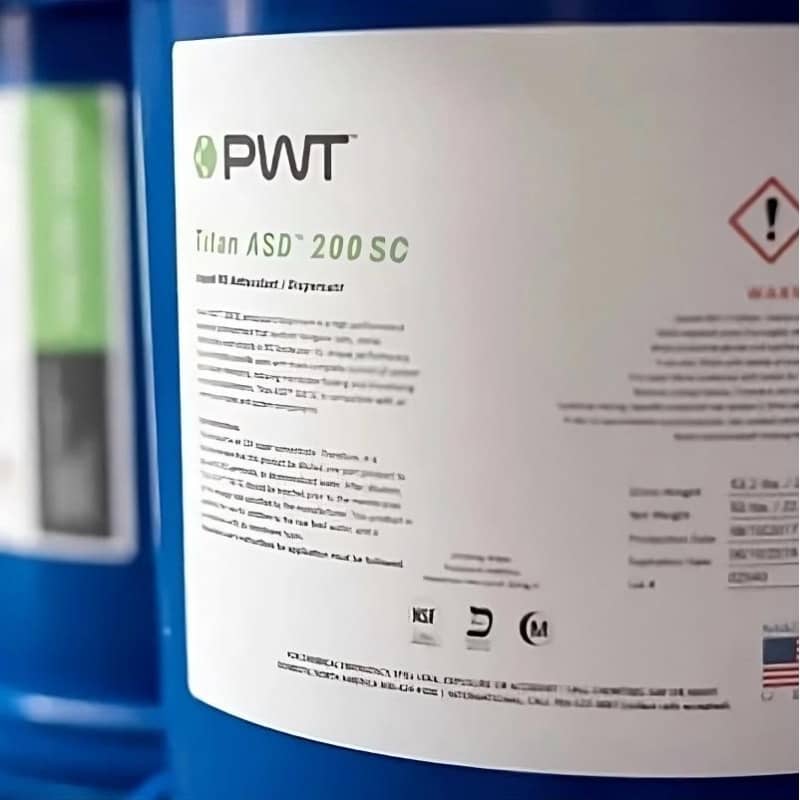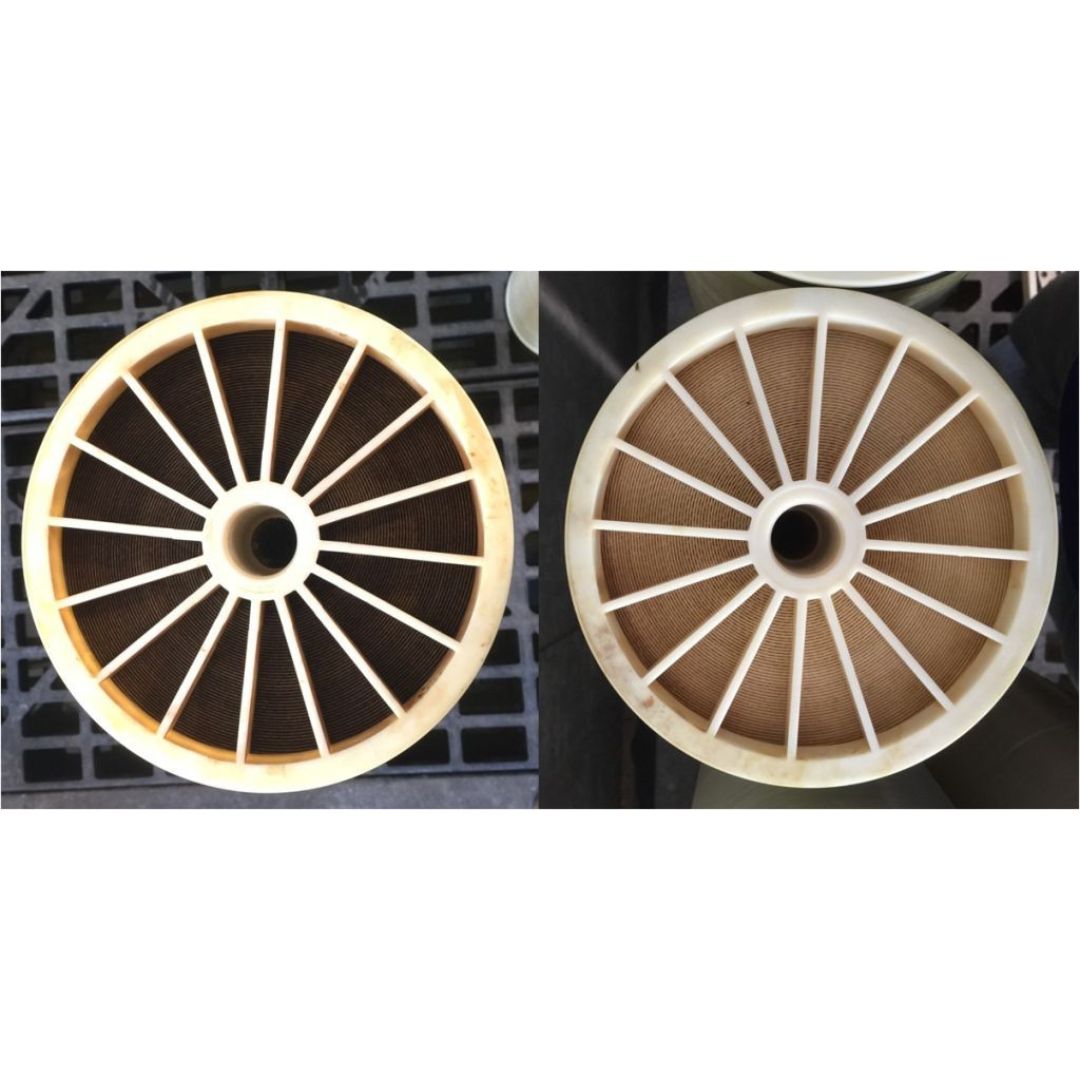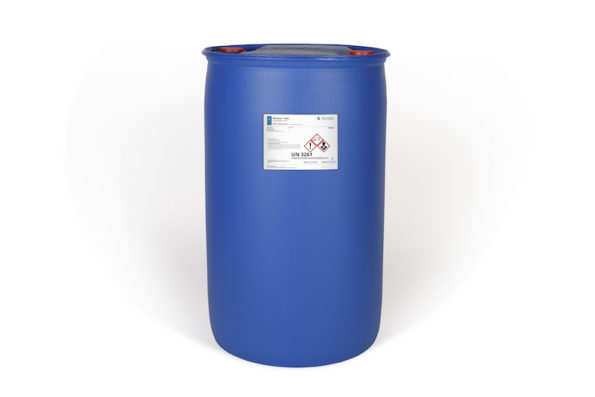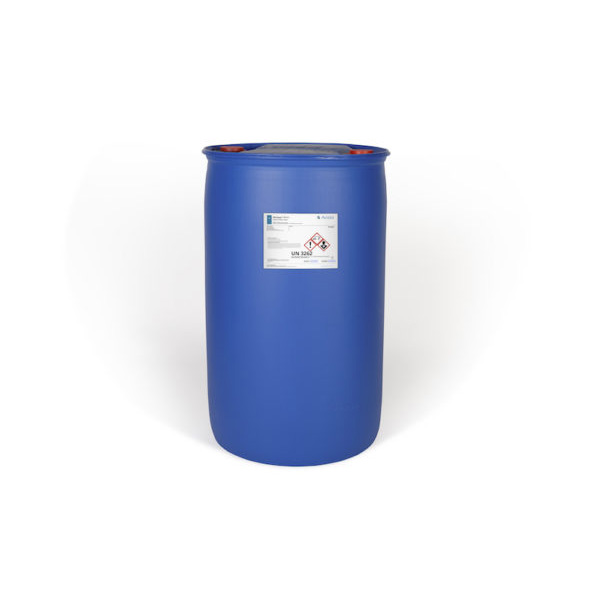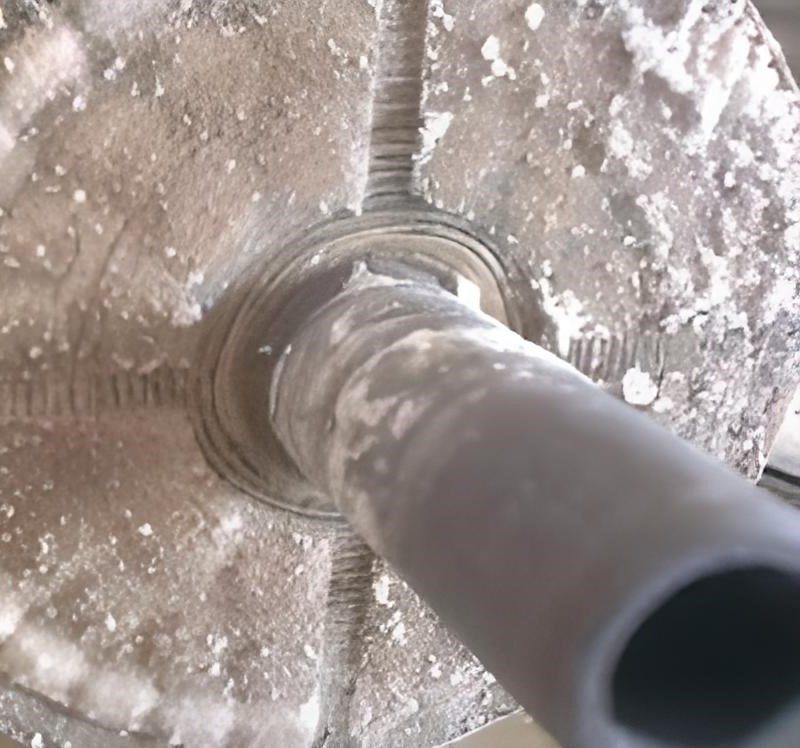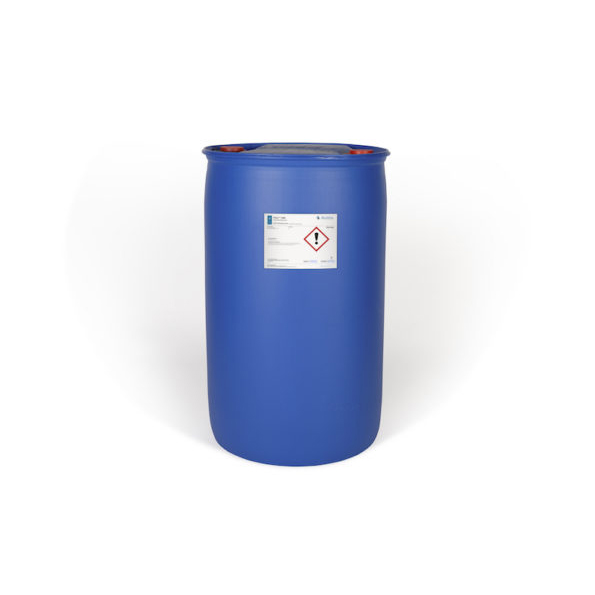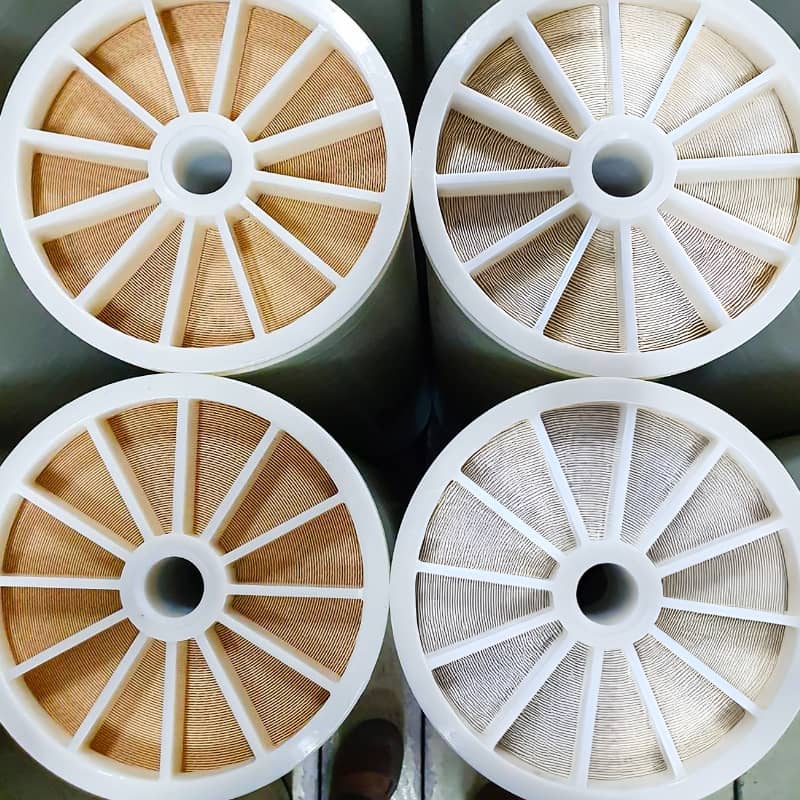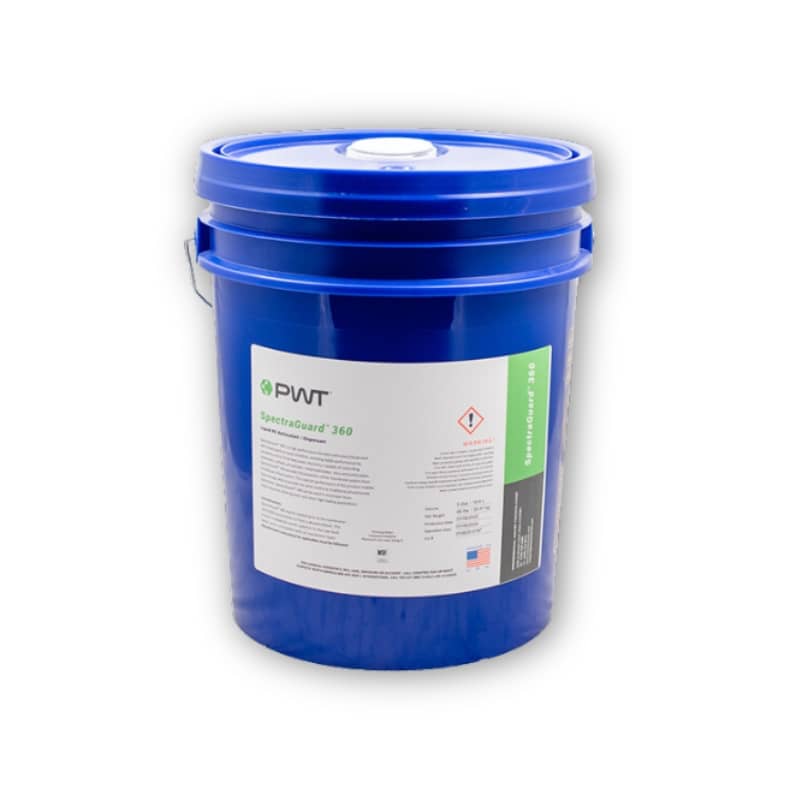
What are Total Dissolved Solids (TDS)?
Total Dissolved Solids (SDT, or TDS) is the residue left after evaporating a previously filtered water sample through a 1.5 micron aperture fiberglass element. The water evaporates and the residue is brought up to 180 ° C. The result is reported in mg / L.
TDS include salts, minerals, metals and any other organic or inorganic compound that is dissolved in the water, or that has passed through the 1.5 micron aperture filter.
Sometimes, TDS is confused with Total Solids (TS), which is the residue that remains after evaporating the same water sample, but without filtering.
Total Suspended Solids (SST) are those remaining in the 1.5 micron aperture fiberglass filter. Therefore, STs are the sum of SSTs and SDTs.
Simple estimation (estimation only) of the concentration of TDS in a water.
A water that does not contain dissolved ions is dielectric (electrical insulator). The ions give it conductivity. The conductivity of a water is proportional to the content of ions in it. Therefore, the concentration of total ionized solids dissolved in a water can be estimated using a conductivity meter or conductivity meter.
If most of the dissolved salts in a water ionize, the conductivity meter measurement will give a good estimate of the TDS.
When we have said that ionic compounds ionize in water, we have meant generality. However, some ionic compounds that dissolve in water do not fully ionize. A very common case is that of silica (SiO2). Dissolved silica behaves as a weak anion. Due to its weak charge, it is not normally included as an anion in water analysis.
Sources:
https://en.wikipedia.org/wiki/Total_dissolved_solids
https://www.who.int/water_sanitation_health/dwq/chemicals/tds.pdf

Comparte:
Algunos productos que te pueden interesar
-
RoClean L211 cleaning of membranes with organic matter fouling
Add to quote -
RoQuest 3000 Organic Liquid Coagulant from Avista
Add to quote -
Titan Antifouling for Reverse Osmosis Membranes
Select options -
RoClean P112 Membrane Cleaner for Silica SiO2
Add to quote -
RoClean P303 Calcium Carbonate & Metal Scale Cleaner
Add to quote -
RoClean P111 Biofouling RO Membrane Cleaner
Add to quote -
RoClean L403 Calcium Carbonate and Metal Scale Cleaner by Avista
Add to quote -
RoQuest 4000 Liquid Coagulant for Organic Matter Avista
Add to quote -
Avista’s Vitec 7400 for Silica and Sulfate Control
Add to quote -
Biocide for reverse osmosis membranes BioGuard
Select options -
SpectraGuard® Reverse Osmosis Membrane Antiscalant
Select options -
Chlorine generator (sodium hypochlorite) from salt by electrolysis CHLORINSITU
Add to quote


